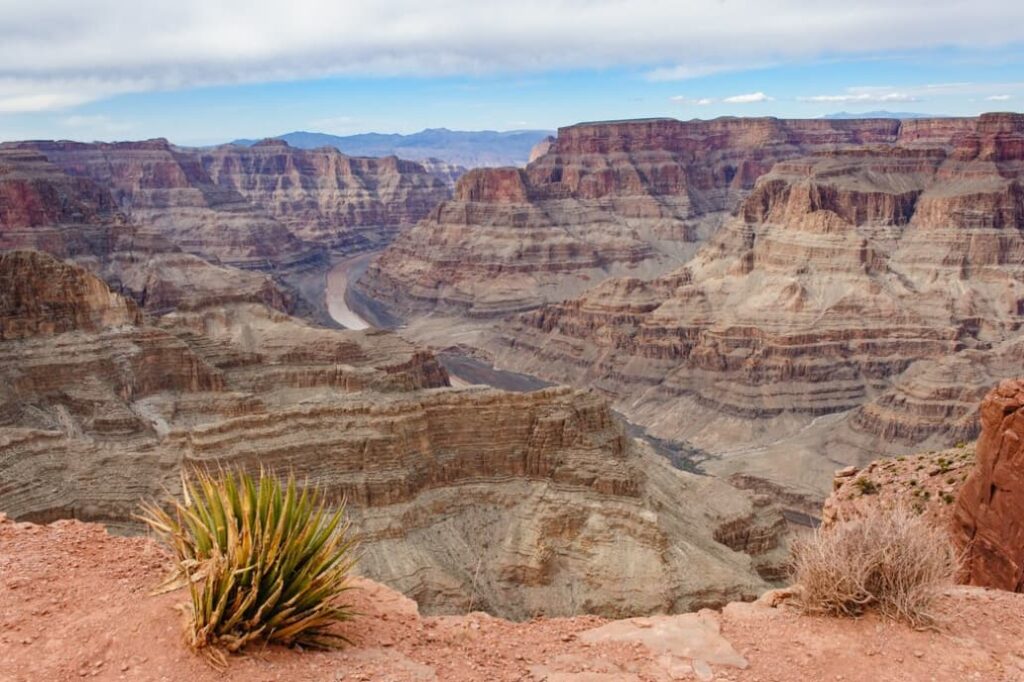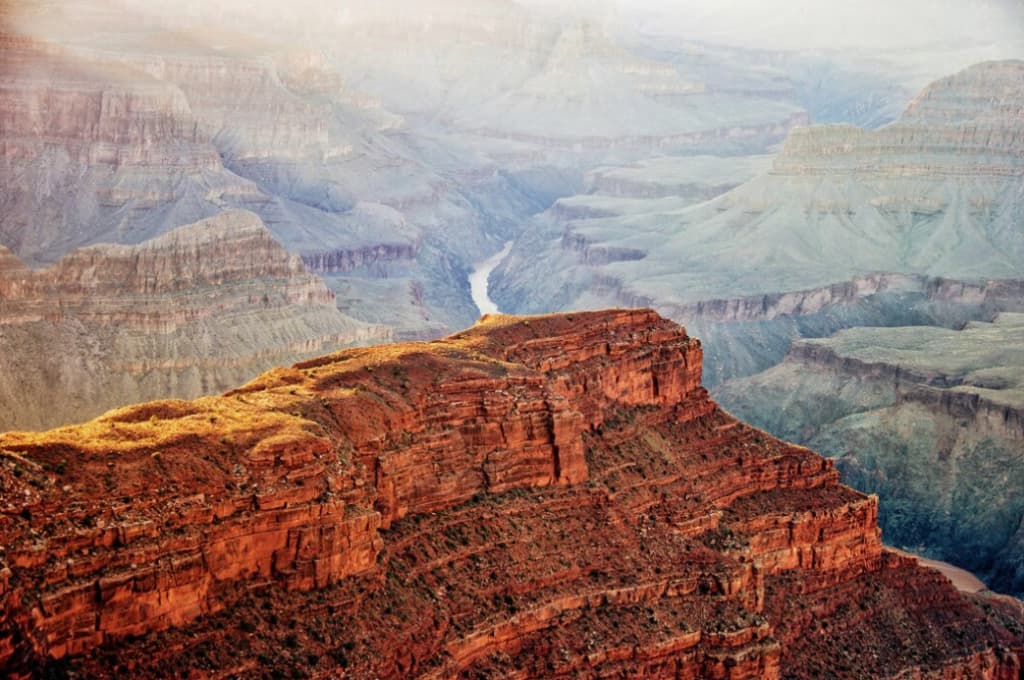Hang Gliding Restrictions Over the Grand Canyon
The Grand Canyon, crafted majestically by the Colorado River and centuries of geological activity, stands as one of the most studied and admired landscapes in the world. Its rich history coupled with its mesmerizing scenic beauty, draws millions of visitors to the Grand Canyon National Park every year.
Adventurous individuals often imagine soaring above the Grand Canyon to soak in an unparalleled bird’s eye view of this UNESCO World Heritage Site. Unfortunately, hang gliding over the Grand Canyon remains prohibited due to safety considerations, despite its attractiveness.
The Reality of Hang Gliding over the Grand Canyon
Due to the inherent risks involved, hang gliding over the Grand Canyon is against the law. Many daredevils have attempted the risky flight over the vast crevices and towering cliffs of the canyon, which can be found documented in videos on social media platforms, highlighting the hazardous nature of such activities. While the Grand Canyon is known for its strict regulations that prevent activities such as hang gliding, enthusiasts can find solace in the skies of Connecticut, where the sport thrives under less restrictive rules.
The North Rim of the canyon, though sparse and desolate, offers an array of activities like hiking, mule treks, and exploration of the rocky terrain. It’s recommended to book such adventure trips in advance, particularly from the South Rim. Despite the restrictions on hang gliding, free flights of different kinds can still be enjoyed under the expertise and guidance of Arizona hang gliding associations.
Pilots planning any kind of flight over the Grand Canyon must consider a wide array of potentially extreme variables including weather conditions, terrain, hydration needs, and safety measures. As such, only trained and well-prepared pilots should attempt to hang glide in these areas, understanding the unique risks involved with each flying site.
Physical Preparations and Skills Needed for Hang Gliding
- Hang gliding is a sport that requires physical and mental fitness. While it doesn’t require significant physical strength, maintaining overall health, being able to jog with a 50–70 pound weight, and possessing a decent amount of upper-body endurance are considerable advantages;
- The ability to balance is more critical in hang gliding than brute strength. Pilot demographics are diverse with men and women, young and old, all participating in the sport;
- The physical restrictions for hang gliding are more related to the equipment rather than the individual. Gliders of varied sizes are available based on the weight of the pilot, with most pilots weighing between 90 to 250 pounds.
Essential Skills for Hang Gliding

Even though the concept of hang gliding may seem daunting, with the right training and mindset, anyone can learn to glide. In the early years of gliding, pilots would hold the base bar of the glider with their hands and attempt short flights. With the evolution of the sport, pilots now hang in a harness below the glider’s wing, simulating the flying experience.
- Acquiring guidance from professional hang gliding instructors, video recording your attempts and analysis of your flight, and landing are good ways to learn hang gliding effectively;
- Two significant skills for beginners include the ability to run downhill without looking toward the ground and the capacity to relax during the flight.
Safe Landings in Hang Gliding
Successful hang gliding requires a keen understanding of safe landing techniques. Pilots must obtain competency in understanding wind conditions, the geographical landscape, and various technical aspects to ensure a safe landing. Stall tactics are commonly used in which the control bar is pushed as the ground nears, slowing the glider and allowing the pilot to land upright.
Understanding the Flight Mechanism of Gliders
Gliders, due to their engineless design, utilize a combination of height, speed, and naturally occurring air currents to stay airborne. The process of gliding begins by moving downhill to gather speed, enough to create sufficient lift to counterbalance the glider’s weight. Techniques such as towing by powered planes, stationary winches, and trucks can also be used to launch the glider into the air.
The Bird’s Eye View: The Hang Gliding Experience
Despite the legal restrictions around hang gliding over the Grand Canyon, there are other approved locations around the world where this breathtaking experience can be savored. Slipping into the hang gliding harness and launching into the vast blue sky offers an unmatched sense of thrill and elation. With the correct training and guidance, even the uninitiated can experience the joy of gliding above mesmerizing landscapes, embracing the liberating sensation of flight.
The Beauty of the Grand Canyon Through Responsible Tourism

While the allure of hang gliding over the Grand Canyon is undeniably captivating, it is essential for all visitors to respect the rules and regulations put in place to ensure the safety of all and to preserve the majestic beauty of the canyon. As patrons of the natural world, our collective responsibility is to enjoy these wonders while ensuring minimal disturbance to the ecosystem. Alternative activities such as trekking, cycling, mule rides, and exploration of the terrain can still provide enriching and unforgettable experiences.
Hang gliding offers an extraordinary experience of flight and freedom. The thought of hang gliding over the Grand Canyon, with its expansive landscapes and breathtaking views, is undoubtedly captivating, but it remains a prohibited activity due to safety and preservation reasons. Regardless, opportunities to experience this adrenaline-filled sport in other approved locations abound. With proper skills, training, and respect for safety protocols, hang gliding can be an exhilarating adventure that allows us to experience the world from a bird’s eye view.
Conclusion
In conclusion, while the awe-inspiring Grand Canyon may not be a legal playground for hang gliders, the sport itself provides an exhilarating experience of freedom and flight elsewhere. Hang gliding is an adventurous endeavor that comes with noteworthy physical and mental requirements, but is nonetheless accessible to many. The profoundly engaging process of learning, the adrenaline rush of take-off, the serene tranquility of soaring through the air, and the rush of an immaculate landing make it a bucket-list-worthy adventure. Whether you’re an enthusiast seeking the thrill of solo gliding or a beginner on a tandem flight, hang gliding offers an extraordinary opportunity to view the world from a different perspective. Safe, controlled, and filled with pure exhilaration, this sport provides a unique airborne adventure that leaves one with memories to cherish for a lifetime.
